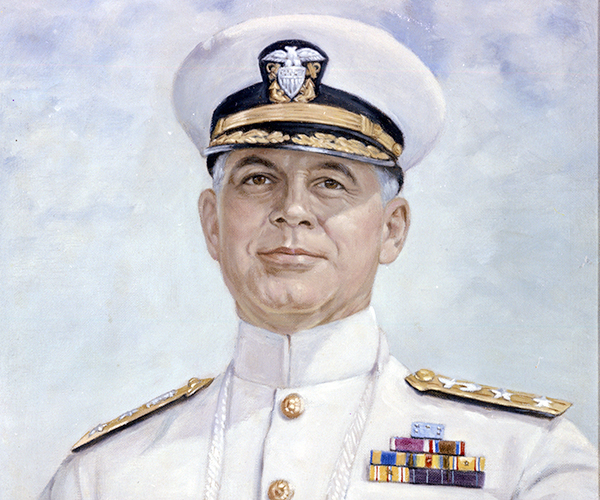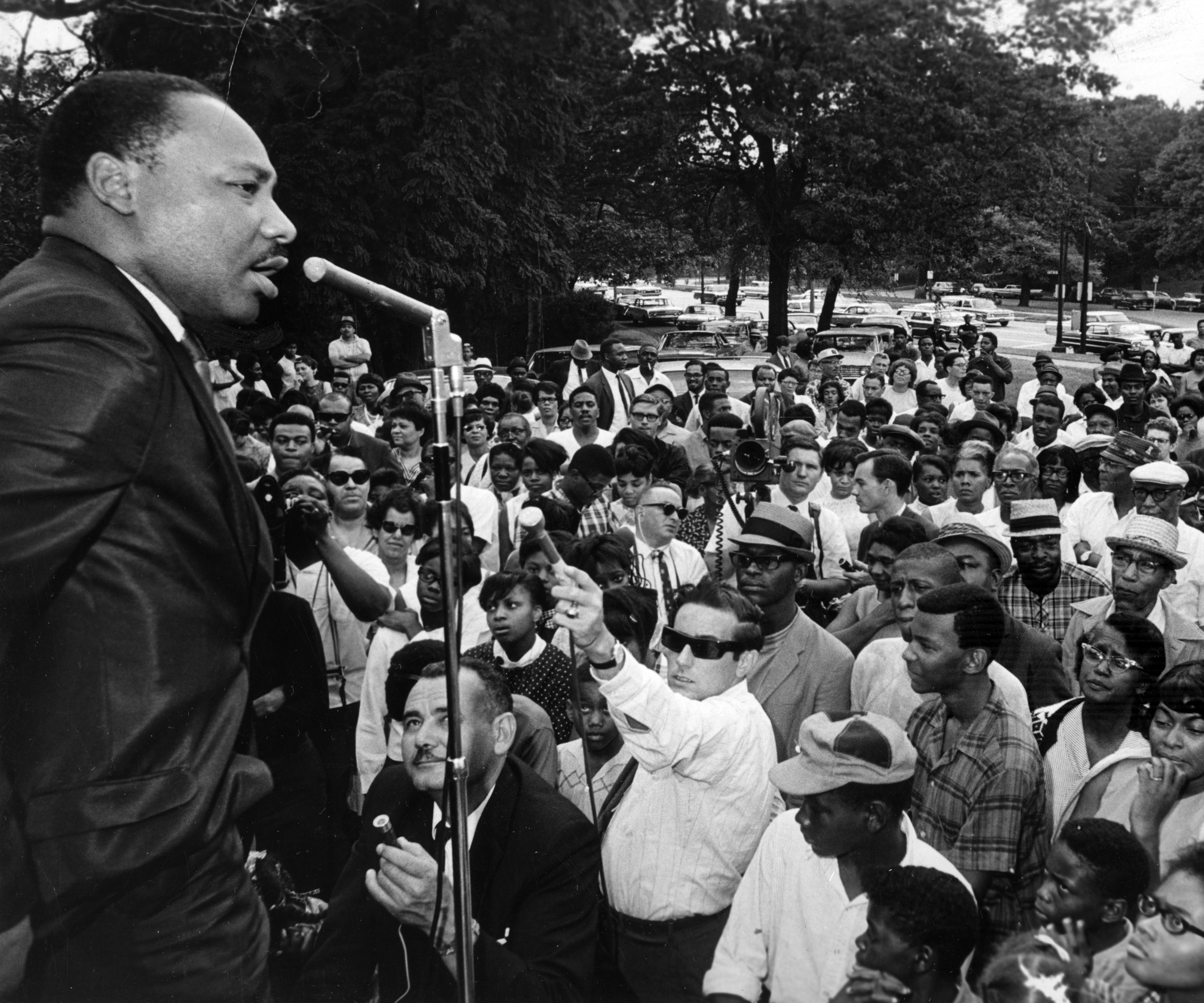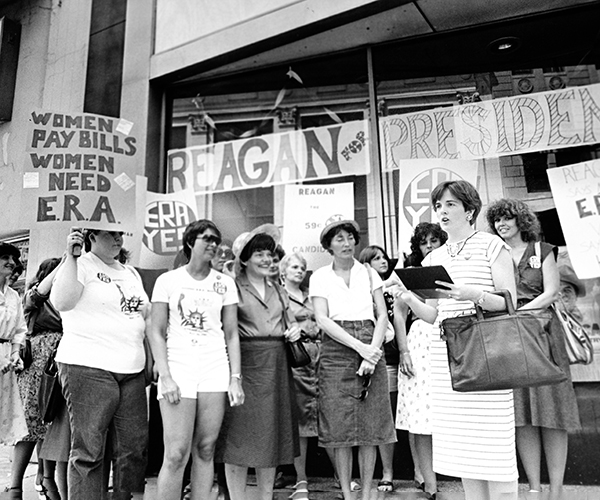In 1826, the village of Cleveland's population was inching toward 1,000, and the town replaced its burying ground south of Public Square with a real cemetery. Named after the street now known as East Ninth, the Erie Street Cemetery became the resting place of Cleveland's pioneer generation.
The cemetery-strollers' frock coats, wide black ties and stovepipe hats reflect the fashions of the 1850s and 1860s. The photograph is a salted paper print, common between 1840 and 1860. By that era, Erie Street's most famous residents had already arrived: Lorenzo and Rebecca Carter, Cleveland's first permanent settlers, and Joc-O-Sot, the Sauk or Fox chief who died here in 1844.
One tombstone in the photo is legible: "Phebe, Wife of Wheeler Bartram." She died in 1831, the same year they married. A widower in his mid-20s, Wheeler Bartram remarried in 1833, became a doctor and sailed to California via Panama in 1850 to take part in the Gold Rush. He died in Cleveland of heart disease in 1887. He is also buried in the cemetery.
Today, Bartram's stone, like many in the cemetery, is either gone or faded. "etched marker containing / an unreadable name," d.a.levy wrote in his poem "lines for the Erie Street Cemetery" in 1965. "under the sycamores / broken white sandstones / lean & fall with age."



